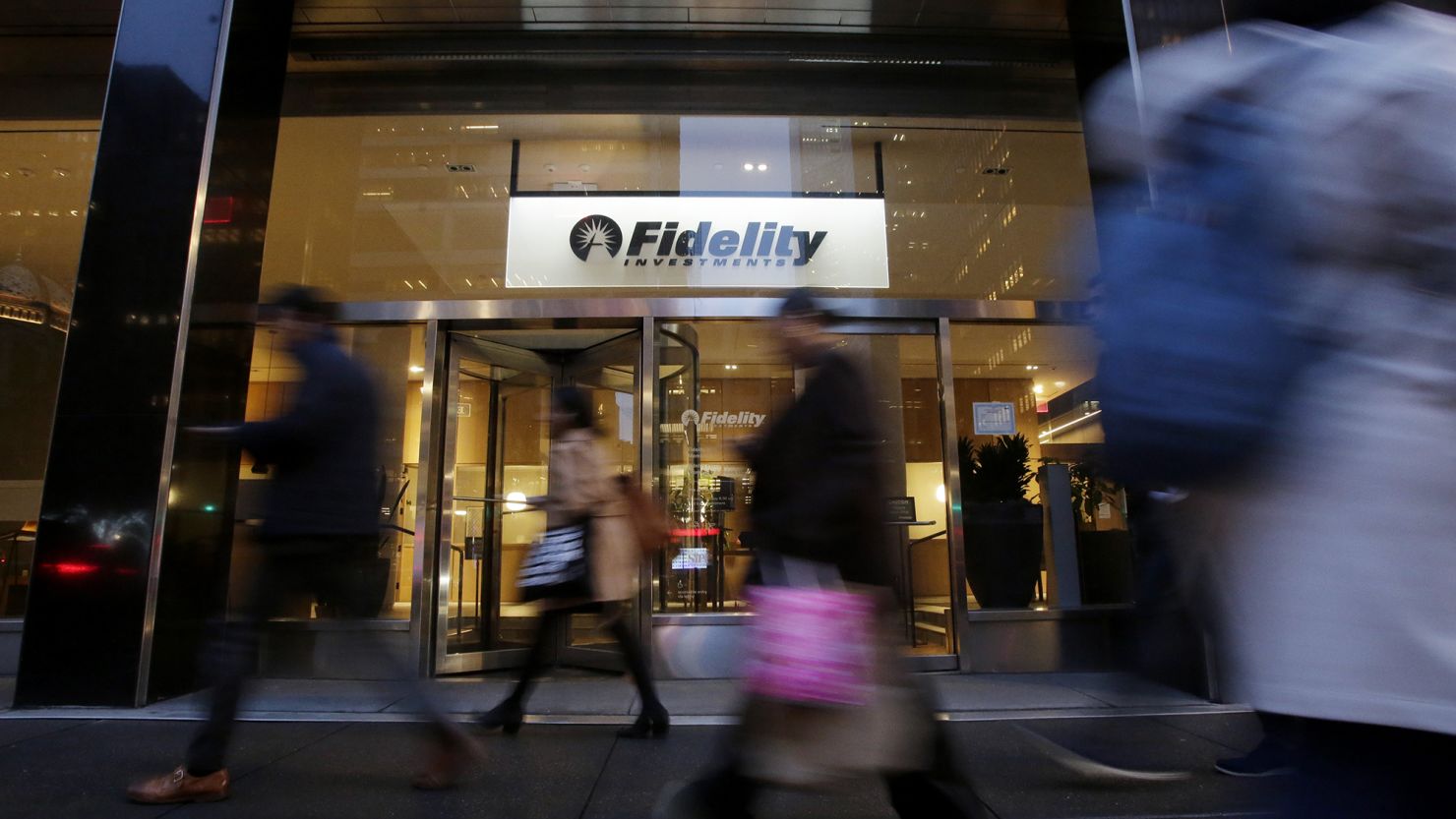Many more new 401(k) “millionaires” were created last year, but the overall number remains low, according to data released Tuesday.
Thanks to strong performances in stocks and bonds in 2023, coupled with steady savings rates and employer-provided matching contributions, 401(k) investors ended 2023 very much in the black.
That’s according to new fourth-quarter data from Fidelity Investments, one of the largest providers of workplace retirement plans that cover 23 million 401(k) participants.
The average 401(k) balance rose to $118,600 at the end of the fourth quarter, up 14% for the year.
Among Gen Xers, the demographic cohort that will start retiring over the next decade, Fidelity found that the average 401(k) balance topped $500,000 among those who have been saving for at least 15 years consecutively.
Fidelity also reported that the number of 401(k) accounts with balances of at least $1 million rose in the fourth quarter by 20%, to 422,000 accounts; and by 41% for the whole year. The average account balance for this group was $1,551,300 in the fourth quarter.
But market performance isn’t the only factor to credit for higher balances. Actual savings habits played a big role. Fidelity said that 27% of plan participants proactively increased their contribution rate throughout last year. And 78% of 401(k) savers were contributing at a rate high enough to get their employer’s full matching contribution.
Between employee and employer contributions, the average savings rate last year was 13.9%, up slightly from 13.7% a year earlier.
“This past year ended on a high note for retirement savers,” said Sharon Brovelli, president of Workplace Investing at Fidelity Investments. “When it comes to matters like market stability and economic events, 2023 gave us the highs of the highs, and the lows of the lows but, encouragingly, many retirement savers took the long view and stayed the course through it all, which is the type of commitment that can lead to a secure financial future.”
But a large swath of the working population in the United States isn’t benefiting from the good news in 401(k) plans. The Bureau of Labor Statistics reported last year that while 73% of civilian workers had access to an employer-sponsored retirement plan, only 56% participated in them.








